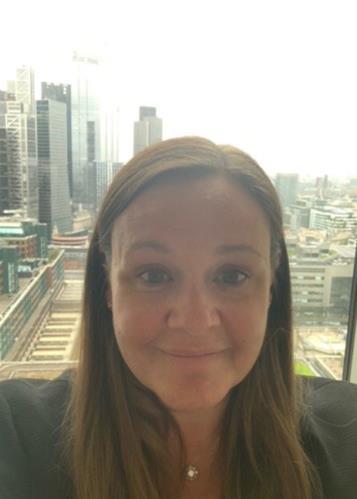Listen: This episode of the Employee Benefits podcast shines a light on how Aldermore Bank has embedded its organisation’s purpose in all of its operations and ensures this is apparent within its reward strategy. Its purpose is to support people to ‘go for it’ in life and business, and to reflect this it places a strong emphasis on financial inclusion and wellbeing. Michelle Nash, group HR director, business partnering and reward, discusses some of the financial education schemes that the bank offers its staff in order to fulfill this purpose.
Nash also discusses the importance of employee involvement in the design and evolution of its reward proposition to find out exactly what they want and value, and to strengthen the employee-employer relationship.
At a glance
Aldermore is a specialist lending and savings bank with around 2,100 employees. Its most common roles are financial assistance advisor, business analyst, engineer and business development manager.
The average age of staff is 41 and the average length of service is four years and eight months.
Primary business objectives that impact on benefits for the coming year:
To have an employee population that is resilient and ready for change as part of an ambitious organisation that is always looking to move at pace and strive forward.

Career history
Prior to joining Aldermore in April 2022, Michelle Nash, group HR director, business partnering and reward, held a variety of positions from compensation and benefits specialist to employee relations managers and head of HR, as well as various HR business partner roles.
One of these roles she held at HSBC, working on global projects which were both challenging and enjoyable.
“I designed and led a piece of work in the commercial banking business with the business development manager (BDM) population,” Nash explains. “Essentially, we were able to think very differently about the way we recruited our BDMs which enabled us to bring a lot more diversity of thought into the teams, access a lot of different types of individuals who perhaps hadn’t done that role before, and, ultimately, we were able to demonstrate how bringing in this diversity of thought and a much more diverse workforce actually ended up generating more sales and revenue. So to be able to design a project which resulted in that kind of direct and tangible impact on the bottom line was very satisfying, and particularly as an HR professional because while we all do fantastic work, we don’t always see that bottom-line impact straight away.”
At Aldermore, Nash has recently run a large-scale project in relation to job architecture design. “We redesigned all of our job architecture across the whole organisation with the premise of making it much more simple, streamlined and easy to understand. But perhaps more importantly, we were able to create it in a way that designed clearer career paths for our colleagues which helps them to navigate their career aspirations more clearly, access colleague development materials, and we were really fortunate that we were able to deliver it at pace. The feedback has been really positive,” says Nash.






















